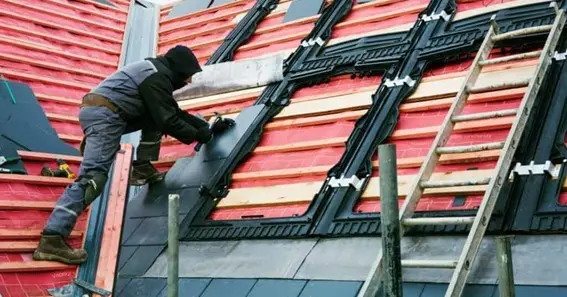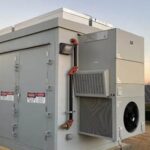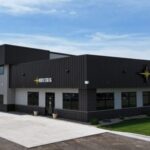Determining the exact cost of roofing in Minnesota for the year 2004 is challenging due to limited specific historical data. However, by examining available information and industry trends from that period, we can estimate the average roofing costs and understand the factors that influenced pricing at the time.
Estimated Roofing Costs in 2004
In the early 2000s, the roofing industry experienced relatively stable pricing. Discussions among professionals from that era suggest that the cost for installing asphalt shingles—a common roofing material—ranged between $120 to $180 per square. In roofing terminology, a “square” equates to 100 square feet, translating to approximately $1.20 to $1.80 per square foot. These figures typically included both materials and labor.
It’s important to note that these prices could vary based on several factors, including the complexity of the roof design, the pitch (steepness) of the roof, regional labor rates, and the specific materials chosen. For instance, premium materials or intricate roof architectures would naturally incur higher costs.
Factors Influencing Roofing Costs in 2004
Several key elements influenced roofing expenses during this period:
- Material Costs: The type and quality of roofing materials significantly impacted overall costs. While asphalt shingles were prevalent due to their affordability, options like metal, tile, or wood shingles were available at higher price points.
- Labor Rates: Regional labor costs played a crucial role. Areas with a higher cost of living or a shortage of skilled labor saw increased installation prices.
- Roof Complexity: Simple roof designs with minimal features were less expensive to install compared to complex structures featuring multiple angles, dormers, or steep pitches.
- Geographical Factors: Local climate conditions influenced material choices and installation techniques, thereby affecting costs. Regions prone to severe weather required more durable materials and meticulous installation, leading to higher expenses.
Evolution of Roofing Costs Over Two Decades
Over the past 20 years, roofing costs have seen a notable increase. By 2024, the average cost for an asphalt shingle roof in Minnesota ranged from $4.00 to $7.00 per square foot, inclusive of materials and installation.
This upward trend can be attributed to various factors:
- Inflation: The general rise in prices over time affects material and labor costs.
- Material Advancements: Innovations have led to more durable and energy-efficient roofing materials, which, while beneficial, come at a premium.
- Regulatory Changes: Updated building codes and regulations often necessitate additional materials or specific installation practices, influencing overall costs.
- Economic Fluctuations: Events such as economic recessions, housing market booms, or global supply chain disruptions can cause price volatility in construction materials and labor.
FAQ
1. What was the average cost per square foot for roofing in Minnesota in 2004?
Estimates suggest that in 2004, the cost for installing asphalt shingles in Minnesota ranged from approximately $1.20 to $1.80 per square foot, including materials and labor.
2. How have roofing costs changed from 2004 to 2024?
Between 2004 and 2024, roofing costs have increased significantly. By 2024, the average cost for an asphalt shingle roof in Minnesota was between $4.00 and $7.00 per square foot.
3. What factors contributed to the increase in roofing costs over the past two decades?
Key factors include inflation, advancements in roofing materials, changes in building codes and regulations, and economic fluctuations affecting supply and demand.
4. Were there regional variations in roofing costs within Minnesota in 2004?
Yes, regional variations existed due to differences in labor rates, material availability, and local economic conditions. Urban areas or regions with higher living costs typically experienced higher roofing expenses.
5. How did roof complexity affect pricing in 2004?
Complex roof designs with multiple angles, steep pitches, or intricate features required more labor and materials, leading to higher costs compared to simpler roof structures.










